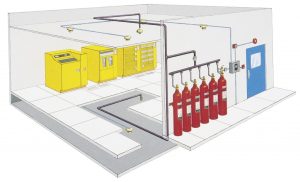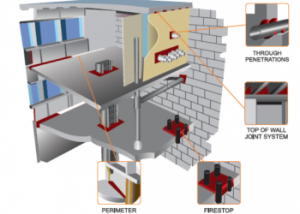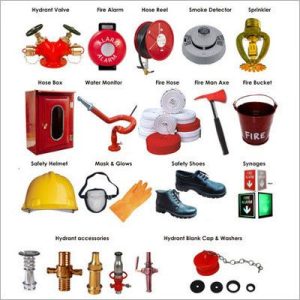A fire protection system is a crucial component of any building or structure, designed to detect, control, and suppress fires in
order to minimize damage to property, protect human lives, and ensure the safety of occupants. These systems encompass a range of technologies, equipment, and strategies that work together to prevent the spread of fires and provide early warning in the event of an emergency.






Fire protection systems must comply with local, national, and international fire safety codes and regulations. These standards outline the requirements for designing, installing, testing, and maintaining effective fire protection systems in various types of buildings.
Modern fire protection systems often incorporate advanced technologies, such as fire alarm control panels, automatic shutdown systems, and remote monitoring capabilities. These features enable centralized control and real-time monitoring, enhancing the overall effectiveness of the system.
In summary, a well-designed and properly maintained fire protection system is essential for safeguarding lives and property. It is a combination of active and passive measures, technology, education, and planning that work together to reduce the risk of fire-related disasters and ensure the safety of individuals within a building or structure.
Please feel free to contact us. We will get back to you with 1-2 business days. Or just call us now
WhatsApp us
